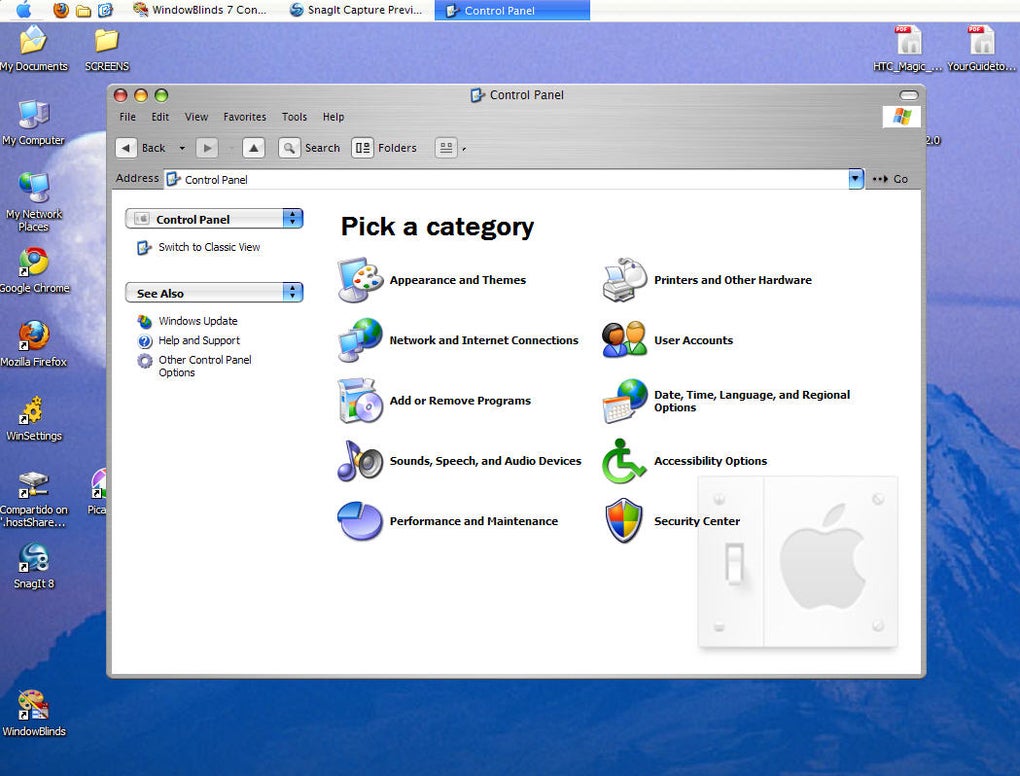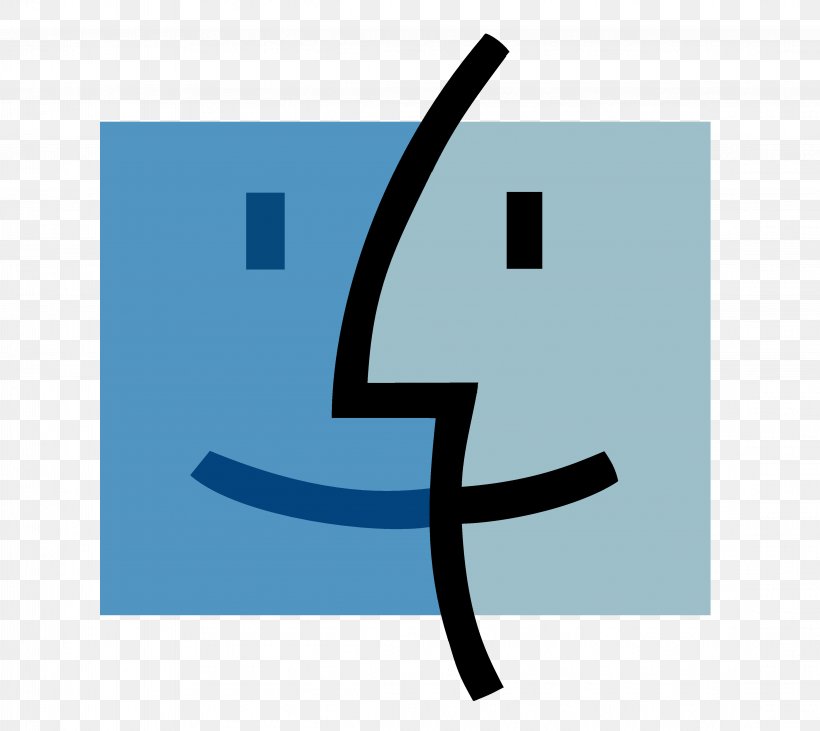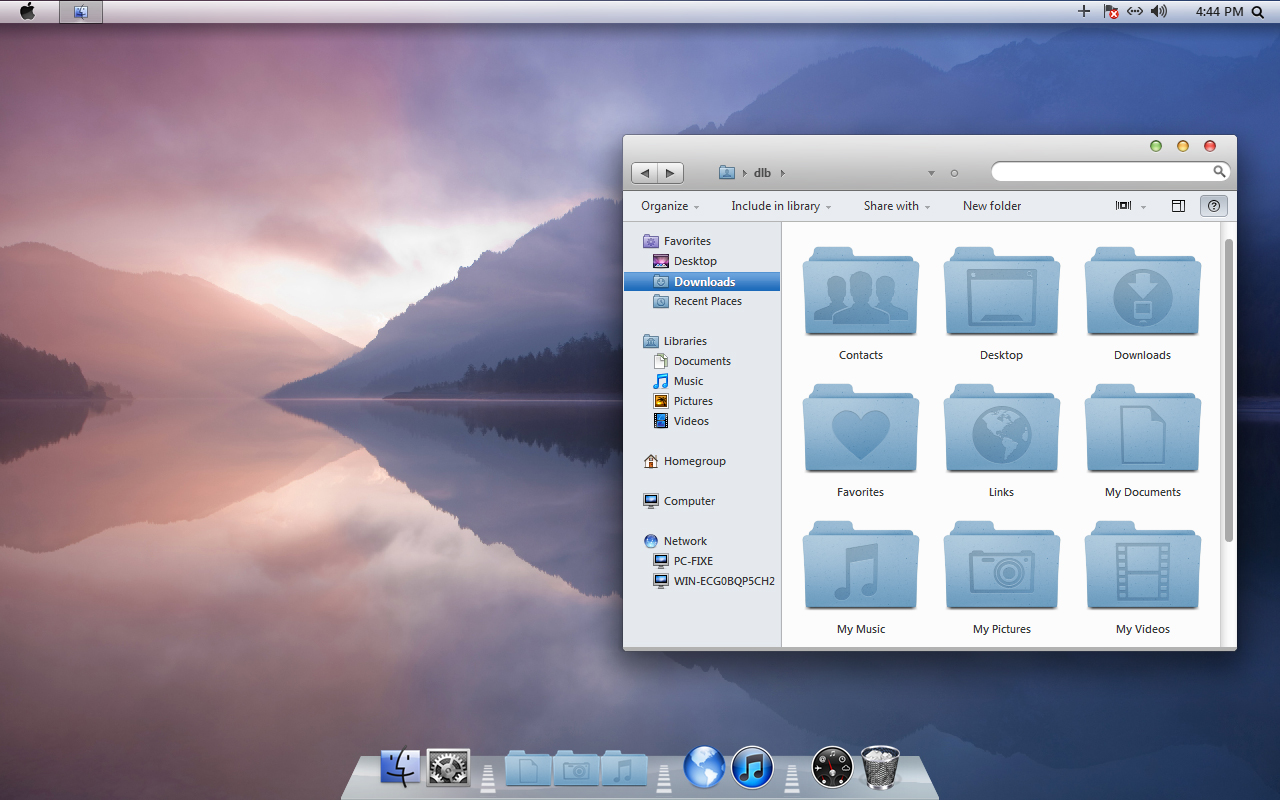Need a copy of System 6.0.8, 7.0.1, or a newer version of the Classic Mac OS for your vintage Mac? You can dig through apple.com and try to find them – or you can download them using the updated links on this page. (Apple does rearrange things, making it more difficult to find things.) All versions of the Mac OS linked here are copyrighted by Apple Computer and free to Macintosh owners. System 7.1.x as well as 7.6.x and later are not free products and must be purchased.
Making Floppies
Software is stuffed and requires an expander, such as StuffIt Expander (which was traditionally bundled with early Mac web browsers). Mounting disk images or making floppies from them requires Disk Copy (download Disk Copy) or MountImage.
Hello, I'm a newbie (ooh) just bought a wonderful Duo 230 Powerbook (waaw) and quite happy with this great machine which came with OS 7.1 I downloaded the free 7.5.3 OS from the Apple server and all these files are either.bin or.smi &.part after expansion with Stuffit. I don't know how. Any Intel-based Mac running Mac OS X 10.7.3 (Lion) or later. Administrator privileges. Note that installing the JDK on a Mac is performed on a system wide basis, for all users, and administrator privileges are required. Download the following disk-image files to create a set of installation disks for the Macintosh OS, System 7.5.5. Read the About System 7.5.5 Update file for information concerning this update. This software can be installed on 22 international versions of Mac OS.
You will need a 400K or 800K floppy drive to produce single-sided disks for use with the Mac 128K and 512K Fat Mac. Apple’s high density floppy drives cannot format single-sided floppies.
You cannot use a USB floppy drive to create 800K floppy disks; they can only be formatted and written to using an Apple 800K or 1.4M HD floppy drive.
You should have no trouble formatting and writing to high density floppies using a USB floppy drive.
Drive Prep

Whenever possible, Apple branded hard drives should be formatted or updated with HD SC Setup 7.3.5 or later before installing a new version of the OS. (Exception: If the hard drive of a Mac Portable is formatted with any version newer than 7.3.1, it will crash instead of waking from sleep mode.)
For an interesting overview of Mac OS history, read Evolution v. Revolution on MacKiDo. And for tips on choosing a version of the Mac OS, read What’s the Best System Version?
Pre System 6
- Several older versions of the Mac OS were available for download through links on The Mac 512, including 1.0, 1.1, 2.0, 3.2, and 4.2. However, Apple forced them and other sites to stop distributing older versions of the Mac OS. Gamba’s page may still work.
- Introduction to Mac OS 1 through 5 on MacKiDo provides a quick overview of every version of the Mac OS from System 1.0/Finder 1.0 to System Software 5.1. (Note: Many download links no longer work.)
System 6
- System 6.0.x from System 6 Heaven
- Hardware Requirements for System 6.0.8 to 7.6, Gamba
- For more on System 6, visit System 6 Heaven and see The Joy of Six: Apple’s Fast, Svelte, Reliable, and Still Useful System 6
System 7
- System 7.1 and Update 3.0 are available for download from the University of Calgary.
- Apple has made available System 7.5.3 for free download (19 image files!) but no longer hosts the files. Data files require System 7.0.1 or later. (Don’t forget the System 7.5.5 update.) Try these links:
- For international users, first go to Apple’s software updates page, then choose the language you want, then select Macintosh, then click on System, and then choose System 7.5 Update 2.0.
- Hardware requirements for System 6.0.8 to 7.6, Gamba
- Newer versions of the system must be purchased (see below).
Mac OS 8
- Petition: Release Mac OS 8.1 and 8.5.1, Steve Godun, Petition Online. If you’d like to see Apple make OS 8.1 and 8.5.1 free to all, as they did with System 7.5.3, please sign this petition.
Classic Mac OS Updates
Mac OS X updates are readily handled through Software Update, but pre-X updates can be difficult to locate. Links are to English language version of the Mac OS.
- System 7.5.3 update (from 7.5.x)
- System 7.5.5 update (only from 7.5.3)
- Mac OS 7.6.1 update (only from 7.6)
- For more on Mac OS 7.x, visit System 7 Today and see System 7: Bigger, Better, More Expandable, and a Bit Slower than System 6 and System 7.5 and Mac OS 7.6: The Beginning and End of an Era
- Mac OS 8.1 update (only from 8.0, adds HFS+ support, last to support any 680×0 Macs, and 680×0 Macs cannot boot from HFS+ volumes, first version of Mac OS to support Carbon apps)
- Mac OS 8.6 update (from 8.5 or 8.5.1, PowerPC only, new nanokernel supports Multiprocessing Services 2.0)
- For more on Mac OS 8.x, see Mac OS 8 and 8.1: Maximum Size, Maximum Convenience
- Mac OS 9.1 update (from 9.0.x)
- Mac OS 9.2.1 update (from 9.1 or 9.2)
- Mac OS 9.2.2 update (only from 9.2.1)
- For more on Mac OS 9, visit Mac OS 9 Lives

Powershell 7 Download Mac Os
Where to Buy the Classic Mac OS
You may be able to purchase system software from Apple or dealers with old stock.
- System 6.0.8, $15
- System 7.1 + Update 3.0, $25
- System 7.5.3 + Update to 7.5.5, $25
Mac OS 7.6 and later are usually available through dealers, eBay, and LEM Swap. Mac OS 7.6 requires a 32-bit clean Mac, a 68030 or later CPU, 8 MB of RAM (16 MB recommended), and at least 70 MB of available drive space (120 MB if you wish to install all the options).
Keywords: #classicmacos #system6 #system7 #macos8 #macos9
Short link: http://goo.gl/kiQLF0
searchword: classicmacos
OS X 10.7 Lion was released on July 20, 2011 and made some huge changes to the Mac. Some of these changes were to make it easier for iPhone, iPad, and iPod touch users to adapt to the Mac, some to make the two platforms work better together, and some to keep making the Mac better and better.
Lion was only available by purchase and download from the Mac App Store, where it retailed for US$29.99. You must have OS X 10.6 Snow Leopard installed to purchase, download, or install Lion, and the 4 GB download could take some time with slower DSL connections (we don’t even want to think about how long it would take with dial-up). As a convenience, Apple allowed users to bring their Macs to a nearby Apple Store and use Apple’s WiFi to make the download.
Like OS X 10.6 Snow Leopard, Lion requires an Intel-based Mac, but it goes two steps beyond that. First of all, Lion is a 64-bit operating system, so it won’t work on those 2006 Macs built around 32-bit Core Solo and Core Duo processors. It requires Core 2 Duo or newer, which leaves the following Macs behind unless you update the firmware and install a Core 2 Duo CPU:
Additionally, Lion is the first version of OS X with no support for PowerPC software. Apple introduced Rosetta, which lets Intel CPUs run PowerPC apps, with OS X 10.4 Tiger for the first Intel Macs in 2006, and it had been part of OS X until now.
The last version of Lion, OS X 10.7.5, was released on October 4, 2012. It was the first version of Mac OS X to be part of the annual upgrade program – ever since Lion, Apple has released a new macOS version every year.
Lion was replaced by OS X 10.8 Mountain Lion on July 25, 2012, just a year after Lion first became available. Lion is no longer available for purchase through normal App Store channels, although you may be able to acquire access to it through Apple Support.
Lion is the oldest version of OS X impacted by the “goto fail” bug. See Apple and the ‘goto fail’ Bug for information on securing Lion.

Installation Tip

You can’t just install Lion on any old Mac that support it. The installer’s certificate has expired, so you need to set your Mac to think it’s operating in the past. Using trial and error, I found that setting a date in 2012 will let the installer function. To change your Mac’s date:
- Open System Preferences.
- Open Date & Time.
- If your Mac is set to Set date and time automatically, which is usually the case, disable it.
- Click on the year and use the down arrow to the right of it to change the year to 2012.
- Install Lion and make several rounds of updates.
After you complete the process, be sure to set your Mac to the current date and time. Enabling the Set date and time automatically setting is the easiest way to do it.
Free Mac Os 7 Download
Lion Links
- The Implications of Losing Rosetta in OS X 10.7 Lion, Charles W Moore, Miscellaneous Ramblings, 2011.05.09. Rosetta lets PowerPC apps run on Intel Macs, but losing Rosetta means that some installers and updaters will no longer run.
- Mac OS X 10.7 Lion Brings Back Useful Features from Apple’s 1983 Lisa, Dan Knight, Mac Musings, 2011.06.07. As I read about Resume, Auto Save, and Versions, one thought kept coming to my mind: Lisa lives!
- Already Addicted to OS X Lion, Austin Leeds, Apple Everywhere, 2011.07.21. After just a few hours use, iPad user Austin Leeds says there’s a lot to love with OS X 10.7 Lion on his MacBook Pro.
- Snow Leopard and OS X 10.7 Lion Backlash, Dan Knight, Mac Musings, 2012.03.05. While OS X and Lion are gaining market share, OS X 10.6 Snow Leopard is also making a bit of a comeback.
Downloadable Updates
Standalone updates let you update to a newer version of Mac OS X from your hard drive instead of using Software Update, which requires an Internet connection. This can be especially helpful if you have more than one Mac that need to have the update installed, since you only have to download it once. Download the one(s) you need and install them after mounting the disk image and launching the Installer program.
There are two types of Standalone Updates: Individual (or Delta) and Combo.
- Individual Updates update one version of Mac OS X to the next version. For example, the Mac OS X 10.7.4 Update updates Mac OS X 10.7.3 to version 10.7.4. Individual Updates are also known as Delta Updates.
- Combo Updates update the base version of a Mac OS X release to the version specified in the Combo Update, including all intermediate updates. For example, the Mac OS X 10.7.4 Combo Update updates any earlier version of Mac OS X 10.7 to Mac OS X 10.7.4 using a single installer, as opposed to installing the individual Mac OS X 10.7.1, 10.7.2, 10.7.3, and 10.7.4 updates.
Standalone Updates are generally available 24 to 48 hours after the Update is available through Software Update.
If you burn a Standalone Update to CD, its disk image must be copied to your desktop or another location on your Mac OS X startup disk in order to be installed.
OS X 10.7.1
OS X 10.7.2
OS X 10.7.3
OS X 10.7.4
OS X 10.7.5
Keywords: #osxlion #macosxlion
Short link: http://goo.gl/JF4zFP
searchword: osxlion
